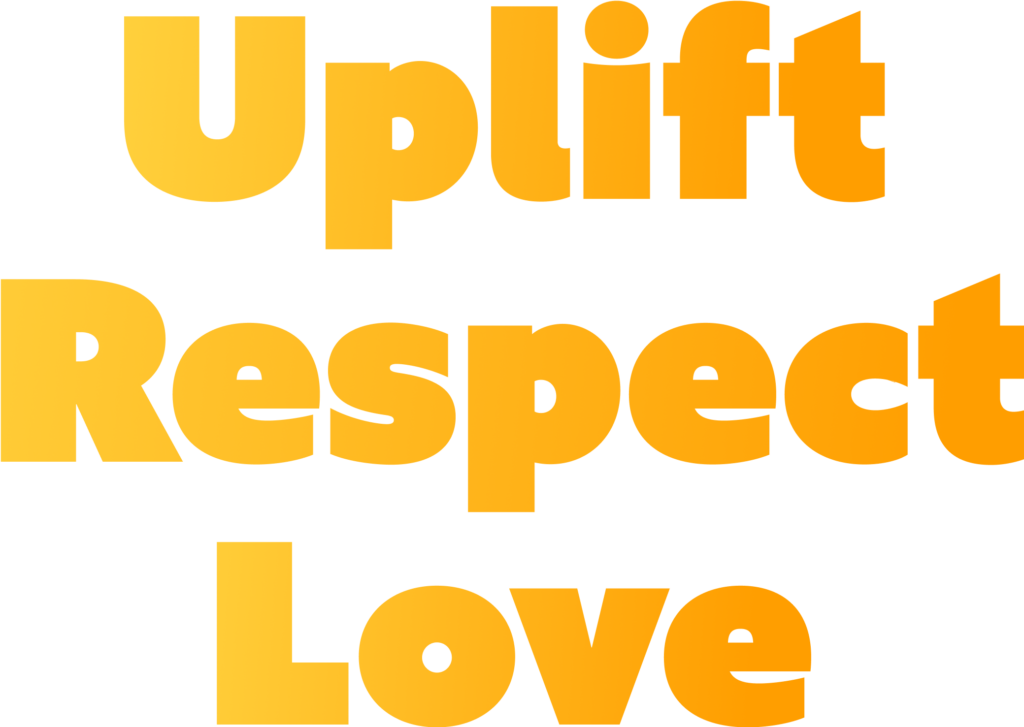Quick summary:
Many of us feel pressured to constantly stay productive, perhaps driven by our own insecurities. And we've all likely experienced burnout because of it. In this newsletter, we focus on one antidote: the art of doing nothing. Drawing on the Dutch concept of Niksen, along with insights from Tricia Hersey's Nap Ministry, we explore how rest and stillness are essential for well-being. This newsletter features stories from India Currents, Black Girl Times, Sahan Journal, and more.
Hey fam,
To-do lists. We all have them. Actually, many of us in the U.S. (about 75%) can’t seem to part ways with lists. When pre-planning a busy weekend or day my default is to create a new note in my Android (don’t judge) and list a series of items that need to be checked off to complete (insert task). Grocery shopping? ✔. Hot yoga? ✔. Questions I want to raise during our next team huddle? I’ve likely written them down shortly after the Zoom invite lands in my inbox. And don’t even get me started on the countless lists I have stored in my Google Maps (under various activities and city names).
I’ve gone through several transformations in the past ten years, and this continual habit has supported me in designing a life I’m proud of. Also, like much of the world, having to-do lists reflects a constant pressure for efficiency and organization. But what may happen if I decide to ditch my need to document everything? What then will I make of my trips to Safeway, running errands and team meetings? (You want to know the real? Without lists, I feel less prepared and that lack of preparedness makes me feel like a failure.)
Herein lies the issue. Our internalized pressure of being efficient and organized all the time can have us on the metaphorical cogwheel of life, resulting in burnout after seasons of overperforming, which we all know can have adverse impacts on our physical and mental well-being. Instead, Mukund Acharyaur provides this antidote in his latest column for India Currents: Let’s do nothing.
Sound familiar? This isn’t a new concept.
Acharyaur attributes the case for doing nothing to the Dutch practice of Niksen, which Olga Mecking, a writer, journalist and translator based in the Netherlands, brought to light in a New York Times article a few years ago. It’s a concept that even Mecking struggles to describe.
“It’s difficult to define what doing nothing is, because we are always doing something, even when we’re asleep,” she writes. Nik- means “nothing” in Dutch and being intentional about doing nothing is the essence of this approach. In other words, do nothing, and do nothing on purpose.
‘But what if I don’t know how to do nothing…?’ you say. ‘What if we feel ill equipped to practice stillness?,’ you may wonder. ‘What if everything falls apart?’
Any skepticism or knee-jerk reaction to this approach is valid in a culture that often associates busyness with value and self-worth. Whether we like it or not, we’re operating in a capitalistic culture where BS talks and money walks… and there’s always money to be made. If the need to grind and put food on the table is your pushback against doing nothing, that’s understandable.
You can also just go lay down, as the founder of The Nap Ministry, Tricia Hersey, has been preaching for years.
With more than half a million Instagram followers, Hersey, who goes by the Nap Bishop, views napping as an antidote to years of labor and service to “the man” through a framework of resting as resistance against a culture that places profits over people and their well-being. Naps, specifically, tie in with the historical oppression and continued marginalization of enslaved Africans and their descendants whose “dream space was stolen” centuries ago.
As research has shown that Black and Brown Americans get worse sleep than white people, naps offer a creative and culturally-sound solution for marginalized groups to reclaim their right to rest. “Naps are a holy place, spiritual practice and form of resistance.”
Hersey has gone on book tours and conducted workshops (aka nap interventions) to spread this gospel, which often takes the form of gathering people to rest individually in a communal space. She consistently urges her followers to go “lay down,” “rest your eyes,” and “rest now!”
Still not convinced?
You can also have your own version of “eat, pray and love” with Bali as your backdrop and “tend to your soul” as this one traveler describes in Black Girl Times, or read the list (see what I did there) Acharyaur offers for coping with stress and burnout.
But I’m sure it’ll take more than just doing nothing.


